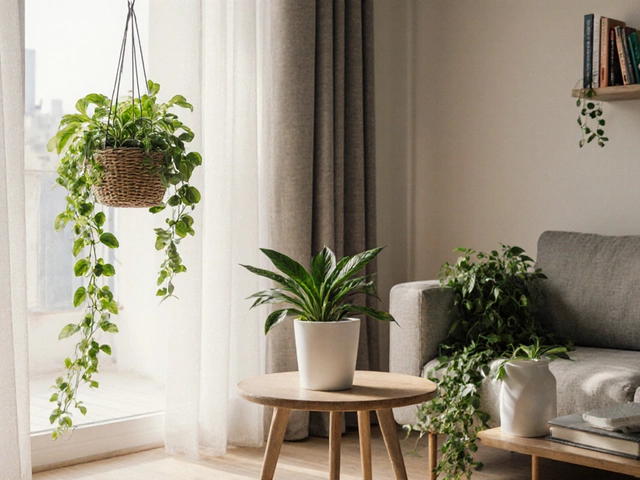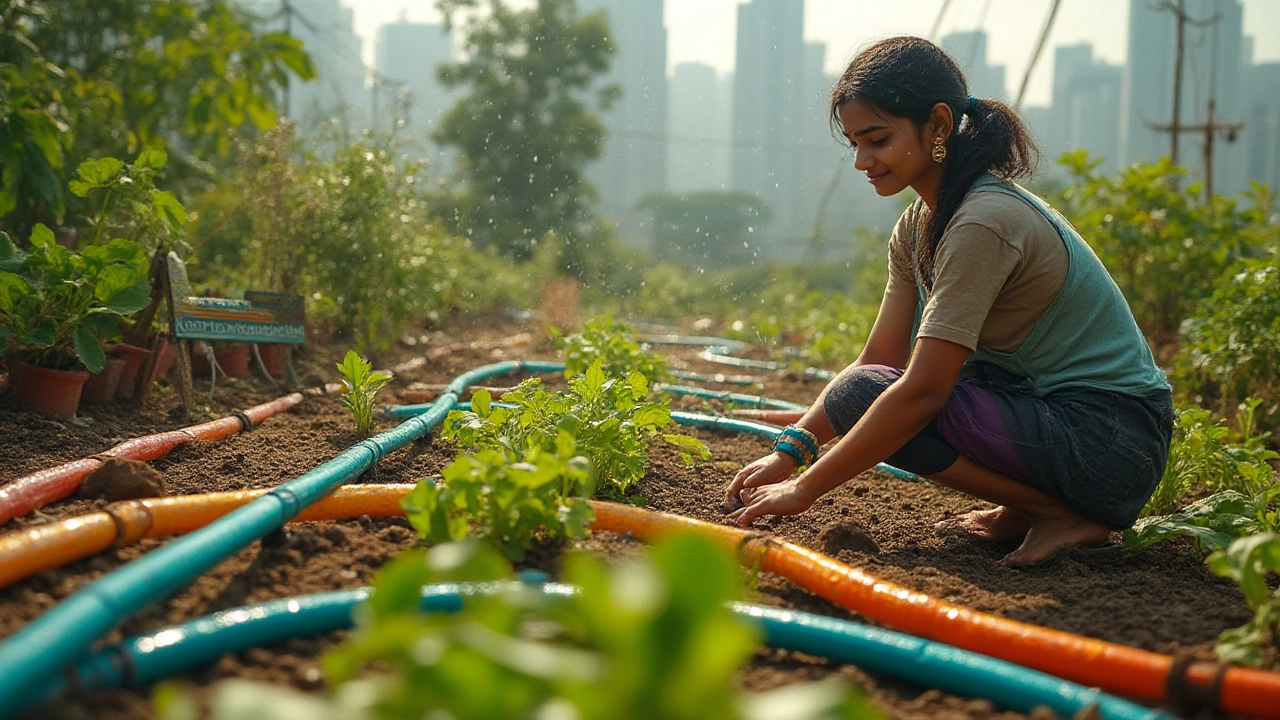Subsurface Drip Irrigation: How to Grow a Healthy Garden with Hidden Water Lines
Ever wish you could water your plants without a hose splashing everywhere? Subsurface drip does exactly that – it delivers water right where the roots need it, hidden beneath the soil. The result? Less evaporation, fewer weeds, and a garden that looks greener with less effort. Below you’ll find simple, down‑to‑earth advice to get started, plus answers to the most common doubts.
Why Choose Subsurface Drip?
First off, subsurface drip is a winner for water conservation. Because the water is injected below the surface, you lose almost none to wind or sun. In hot Indian summers, that can shave off 30‑50% of the water you’d normally use with spray heads or surface drip. Second, the hidden lines stay out of sight, so you don’t have an eyesore in flower beds or vegetable rows.
Another perk is weed control. Since the soil stays moist only where the drip line runs, weeds that rely on surface moisture struggle to grow. That means less time pulling weeds and more time enjoying your garden. Finally, subsurface drip protects plants from the “shocking” effect of sudden surface water splashes, which can lead to leaf diseases.
Getting Started with Installation
Start by mapping out the area you want to water. Sketch a simple layout and decide on the spacing – 30‑45 cm between lines works for most vegetables and shrubs. Next, choose a drip tubing with a pressure‑rated flow rate; most garden‑center kits list a 0.5‑1 L/h range, which is perfect for beds under 30 cm deep.
Dig a shallow trench about 10‑15 cm deep along your sketched lines. If you’re working with heavy clay, add a bit of sand to improve drainage. Lay the tubing in the trench, connect the ends to a timer‑controlled pump or a simple valve, and backfill with soil. Press the soil lightly to eliminate air pockets – a garden fork works well here.
Before you turn the system on, flush the lines with water for a few minutes to clear any debris. Then set a timer for early morning or late evening, when evaporation is lowest. Start with short bursts (5‑10 minutes) and adjust based on how quickly the soil feels moist a few inches down. A moisture probe can help you fine‑tune the schedule.
Maintenance is minimal. Check the tubing once a season for cracks and clear any blockages by pushing a small piece of garden hose through the line. If you notice uneven wetting, you may need to re‑level the soil or add a small amount of water‑soluble fertilizer to the feed water for a quick nutrient boost.
Ready to expand? Subsurface drip works great with raised beds, fruit trees, and even lawn strips. Just keep the same principles – proper spacing, gentle burial, and consistent timing – and you’ll see the same water‑saving benefits across all planting zones.
In a nutshell, subsurface drip gives you a cleaner garden, lower water bills, and healthier plants with very little extra effort. Grab a kit, follow the steps above, and watch your garden thrive without the mess of traditional watering methods.
Main Types of Drip Irrigation: Surface vs. Subsurface Explained for Gardeners
Discover the key differences between surface and subsurface drip irrigation, with practical tips, real-life examples, and useful data for modern gardeners.
About
Drip Irrigation
Latest Posts


Top Easy Houseplants for Beginners - Low‑Maintenance Indoor Greens
By Alden Thorne Oct 7, 2025

Understanding the Differences Between Sprinkle and Drip Irrigation
By Alden Thorne Mar 22, 2025

Why Is It Not Good to Keep Potted Plants Indoors at Night?
By Alden Thorne Jun 3, 2025

